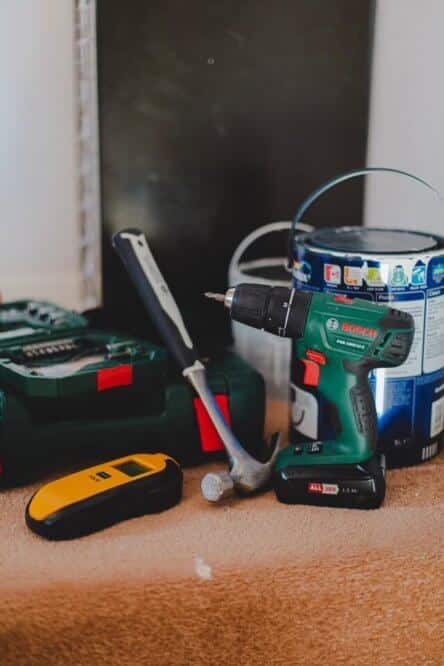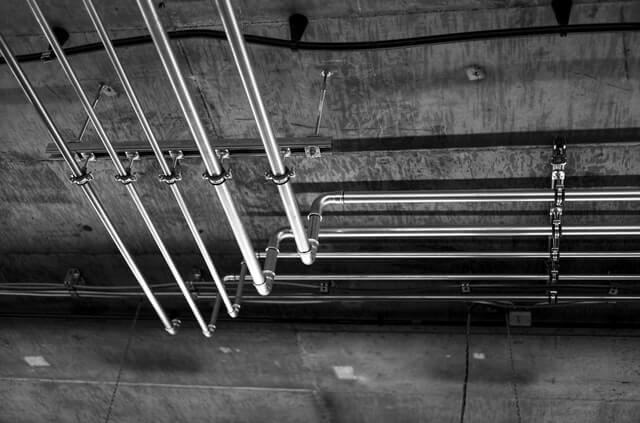Having a crack can be a nightmare – especially if you have a crack in foundation. While there are several types of holes in your foundation, horizontal foundation cracks might be the most common ones you’ll run into.
Dealing with foundation damage is never fun. Often, this requires extensive and costly repairs. Fortunately, if you know some tips and tricks and if you recognize the damage in time, you might be able to mend this more or less pain-free.
If you suspect you have horizontal foundation cracks, you’re in the right spot. Here’s everything you need to know about dealing with this type of damage.
What Are Horizontal Foundation Cracks?

As their name suggests, horizontal foundation cracks are cracks on your foundation that go in a direction that is parallel to the floor.
These cracks represent some of the most severe types of foundation damage and they’re not a laughing matter. Most of the time, horizontal cracks are endangering the entire integrity of your foundation.
While one of the most asked questions is ‘Horizontal foundation cracks when to worry’, unfortunately there isn’t an easy answer. These cracks always mean trouble and you should deal with them as soon as possible.
How Can You Tell If a Crack Is Structural?
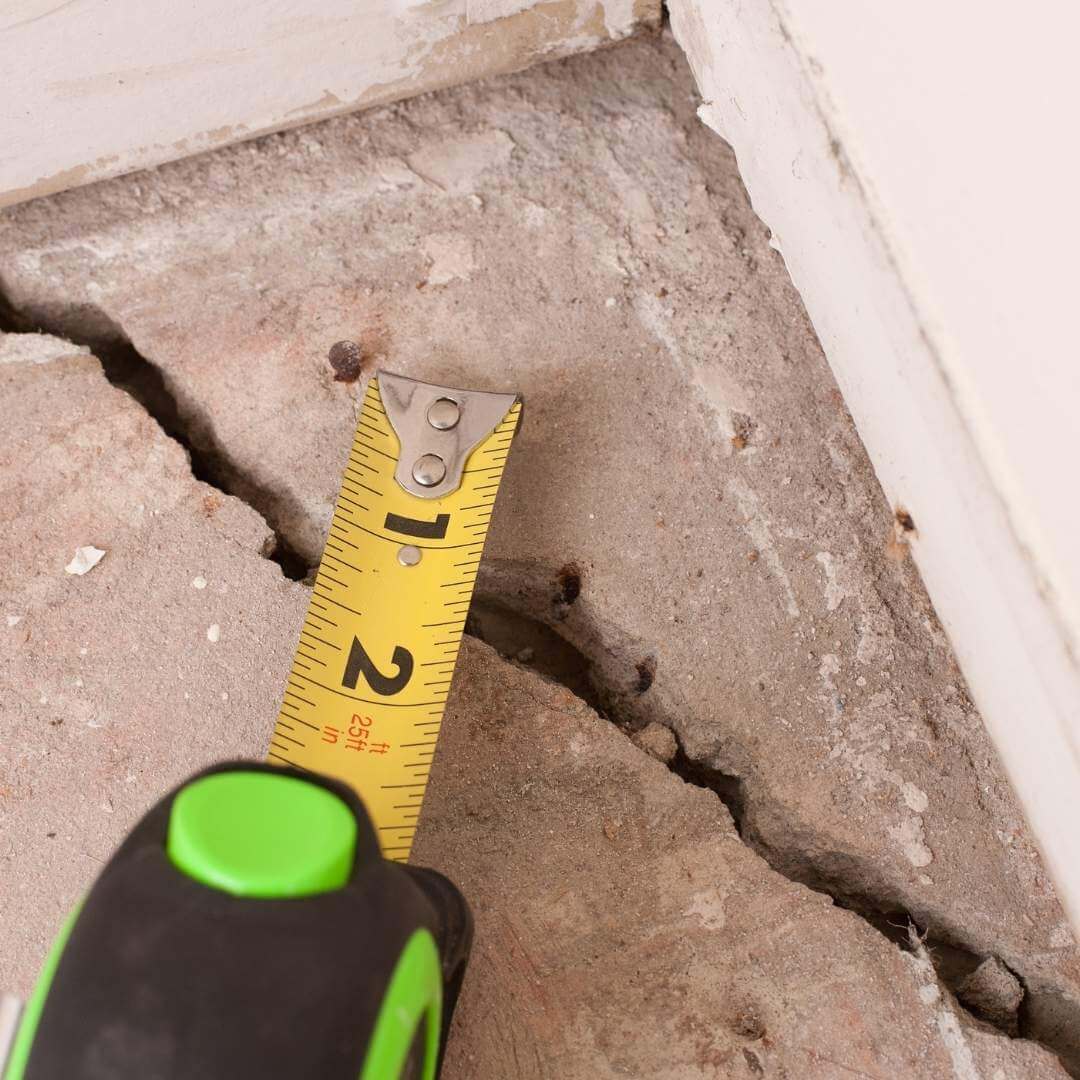
In general, all cracks can be divided into two categories:
- Structural cracks
- Non-structural cracks
Non-structural cracks are annoying as they can increase the chances of water coming up from the ground after rain and lead to mold and mildew, but they will not compromise the structural integrity of your home. They are usually in the shape of vertical hairline cracks.
You can know that a crack is non-structural if it has these properties:
- No wider than 1/10 inch
- Isolated to a single block
- Vertical
Opposite of that, structural cracks are a severe issue. They can cause huge damage to your property if left unrepaired. Usually, you can recognize them by these properties:
- Wider than 1/10 inch
- Stair step cracks in brick or concrete block walls.
- Many vertical cracks right next to each other
- Diagonal cracks that are fairly large in size
- Cracks that go across the ceiling all the way down a wall
- Horizontal cracks
As you can see, unfortunately, horizontal foundation cracks are almost always structural. This is why it’s essential to deal with them as soon as possible.
What Causes Horizontal Cracks in Foundation?
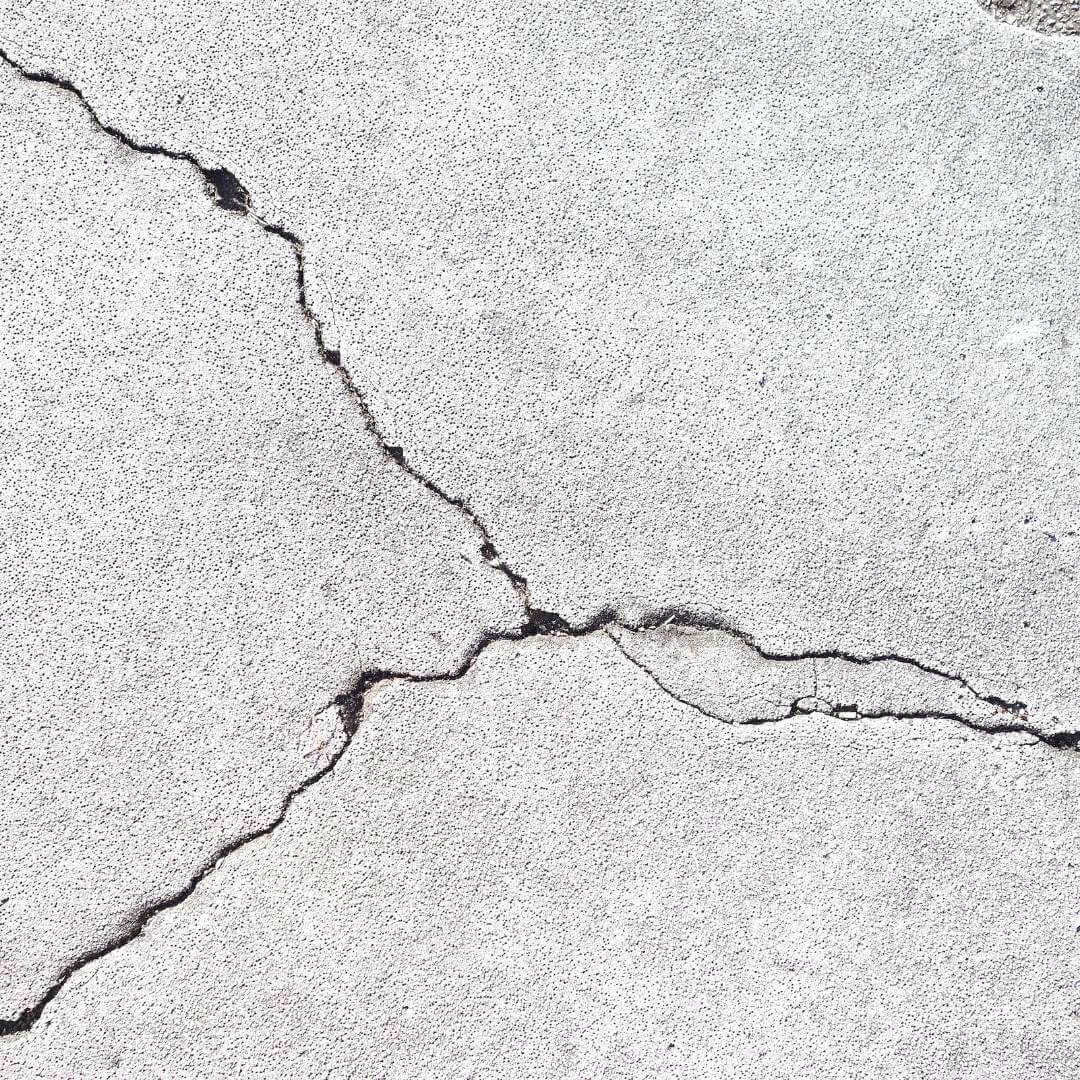
Horizontal foundation cracks are due to damage caused by some external factor. It can be challenging to determine what is the exact cause, and usually only a professional will be able to determine this.
Also, cracks can be caused by a combination of a few things. This is what makes everything all the more challenging.
If you’d still like to learn more, here are the most common causes of horizontal cracks:
Soil Movement
It is estimated that about 60% of homes in the U.S. are built on some type of clay soil. If anything, most types of soil contain at least some percentage of clay.
Soils with high clay content are extremely unstable. In fact, they can cause seasonal movements of up to 2-3 inches. Over time, this can cause damage to buildings, especially if their foundation isn’t of best quality.
Of course, it’s important to mention that even high-quality foundations can only survive a certain amount of soil movement before they crack.
Water Pressure
Horizontal foundation cracks in your basement can indicate water problems. They will often occur after a flood and are just one of the many reasons why a flooded basement is considered dangerous.
Whether you had heavy rainfalls, a snowmelt, a high water table, or a leaked pipe, water can cause cracks in your foundation. This is especially the case if you didn’t clean your basement properly after a flood.
Not just that, but water can cause the soil to expand. This will cause pressure on your walls and force them inward.
Freeze and Thaw Cycle
This is something that is very common in cold areas, or in areas with large temperature changes.
When the ground freezes during cold winter temperatures, it will expand. Once it thaws, it will shrink in size. You can observe this with water and ice. Ice takes more space than water, and the same is with the frozen ground.
Frozen soil will expand and cause pressure on the foundation walls as it pushes against them. Similar to the water pressure, this will push the walls inward. It gets even worse if it thaws and freezes all over again within the short time frame.
As the time goes by, this pressure will lead to cracks.
Heavy Items
Finally, horizontal cracks can be caused by something heavy parked right next to the foundation. Do you have a big truck that you park next to the home? If you do, this might be what’s causing the cracks.
Once again, the reason is pressure building up onto the foundation. If something is too heavy for the walls, they will crack. This happens with basement walls more often than with walls on the upper floors simply because they need to hold more weight.
Repairing Horizontal Foundation Cracks
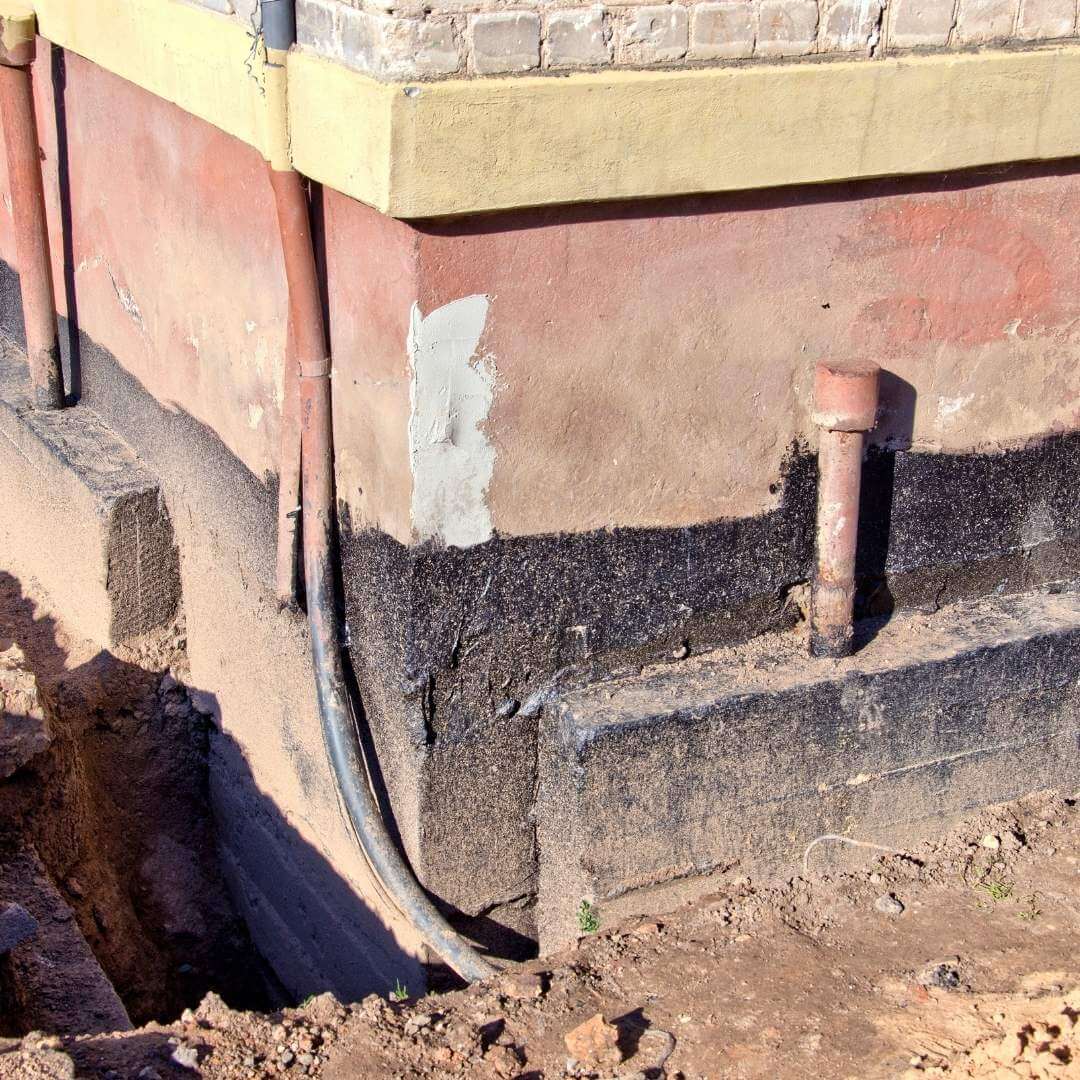
Unfortunately, horizontal cracks are one of the most dangerous types of foundation cracks. There is little you can do to fix them other than to call professionals.
Of course, it’s better to feel safe than sorry, which is why many experts recommend waterproofing your basement. Sure, this might be a costly procedure, but it will pay out in the long run – especially if floods are common in your area.
If it is too late for waterproofing and the damage has already been made – don’t despair. There are still ways to fix this. Unfortunately, there is only a few things you can do on your own and you should leave this to a professional.
Here is what they might do:
Anchor Plates
Wall plate anchors are a large washer or a plate connected to a bolt or a tie rod. They are usually installed as a structural reinforcement and some masons prefer to install them while building walls as they can look rather decorative.
Most anchor plates are made of cast irons, but some are made out of steel and wrought iron. These materials are strong enough to close the crack and prevent it from spreading.
Not just that, but wall plate anchors help push the walls outward. This will correct the wall bowing and reduce the chances of new cracks. At the same time, they can give your wall a rather unique appearance.
I-Beams
I-beams, also known as H-beams, w-beams, rolled steel joists, double-Ts, and universal beams, are a special type of structural bracing that prevents further bowing of the walls by counteracting the stress.
They are usually made of structural steel, which is strong enough to withstand most damage.
Most of the time, they are used as a last option, when you cannot use anchor plates out of numerous reasons.
Carbon Fiber Straps
Many professionals will also use carbon fiber straps to fix foundation cracks and bowing. As carbon fiber is one of the strongest construction materials, it shouldn’t be a surprise that this material is being used.
The only issue is that carbon fiber straps cannot prevent damage if your crack is larger than 2 inches.
Horizontal Crack Repair Cost
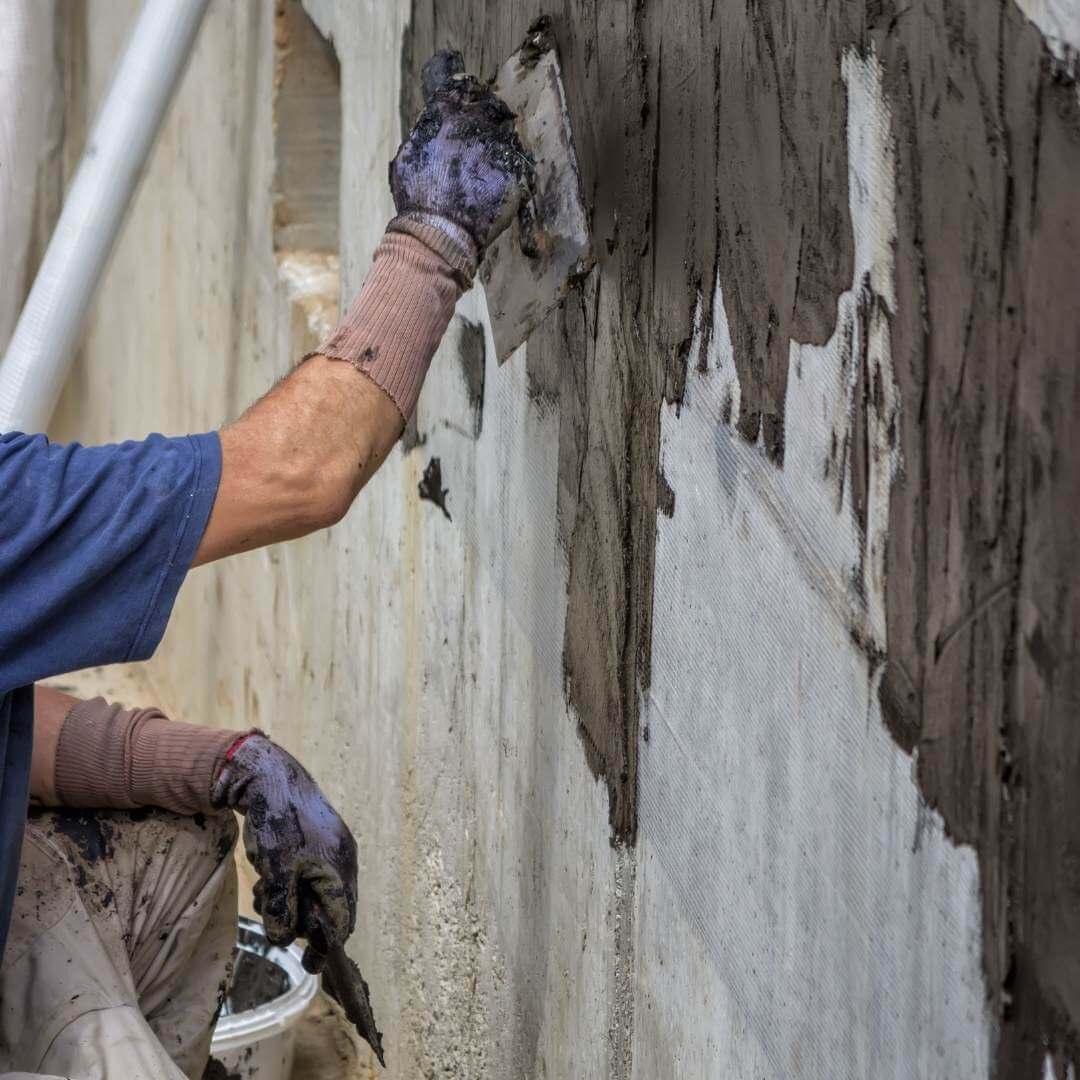
The repair costs of horizontal cracks will largely depend on the size of the crack, but also on the method used.
For example, the average cost of a wall plate is around $800. You’ll need to place the anchor 4 feet from the basement corner, and then one every 6 feet. For a 50-feet long wall, you’ll probably end up paying $5000 to $6000.
On the other hand, most carbon fiber straps cost around $900. You’ll require one 4 feet from each wall corner, and then one every 5 feet from each other. What does this mean?
If you have a 50 feet long wall, you’ll likely need 8-9 straps to complete this. In other words, this will cost you around $7,000, or even more.
As you can see, these repairs can end up being quite costly. Still, if you leave the cracks unattended, they will expand. This will not only worsen the damage – it can lead to the destruction of your entire home.
Can You Prevent Horizontal Cracks?
Fortunately, there are some things you can do to prevent horizontal cracks from appearing.
In general, all causes of cracks lead to some form of pressure – usually pressure from water. This means that if you have groundwater under control, you’ll reduce the chances of cracks.
Here are a few things you can do:
Regrade Your Yard
Check out your yard. Does it have any slope? If it does, make sure the slope goes away from the foundation.
If the yard has a slope that goes toward the foundation, it will cause water to drain into your basement. This will increase the chances of cracks.
Clean Your Gutters
Gutters must always be clean to prevent the water from spilling into the soil right next to your foundation. If there is something blocking the gutters, this is a dangerous sign. Always make sure the water has a proper draining system.
Keep the Vegetation Away from the Walls
Having bushes and trees in your yard is a beautiful thing. However, many plants require regular watering, and this is a big no-no for your foundation.
While there should be nothing stopping you from enjoying nature around your home, make sure to keep vegetation away from the foundation walls.
Install a Drain Tile System
Installing a drain tile system might be the best way to ensure the water is going away from the foundation and not right into it.
You can install interior and exterior drain tile system. No matter which one you choose, both will channel the excess water into the sump pump. Whether you have a submersible or a pedestal sump pump, it doesn’t matter – either is better than having none.
Install Downspout Extensions
Finally, check out your downspouts. Some homes have rather short downspouts, causing them to release water right next to the foundations.
If this is the case, all you need to do is install downspout extensions. This will make sure the water is released away from the foundation, not onto it.
Bottom Line
If you notice horizontal foundation cracks, you should immediately contact a professional. These cracks can be rather dangerous and they are a serious matter.
Horizontal cracks are structural and they can cause severe harm to your property. They are an indication that your foundation has sustained serious danger.
Unfortunately, once these cracks appear there isn’t much you can do on your own. This is why it’s important to make sure you’ve done all you can to prevent these cracks from appearing.

Michael Davis is a heating & plumbing expert who currently works as independent contractor in SC. He also writes for Plumbertip.
For almost 10 years he worked on various plumbing tasks across South Carolina.
